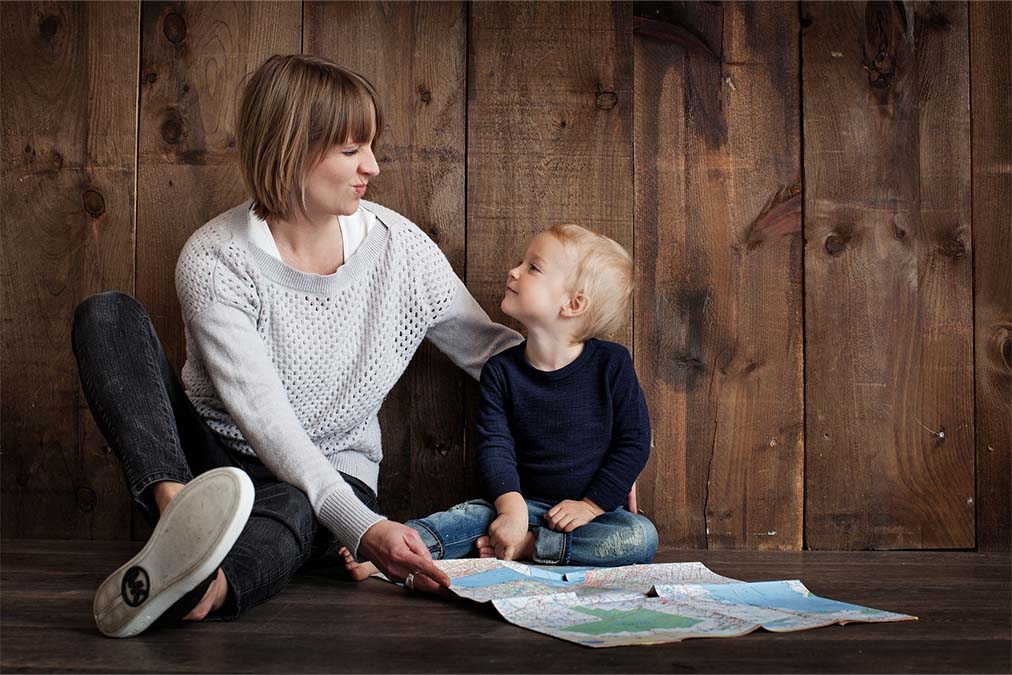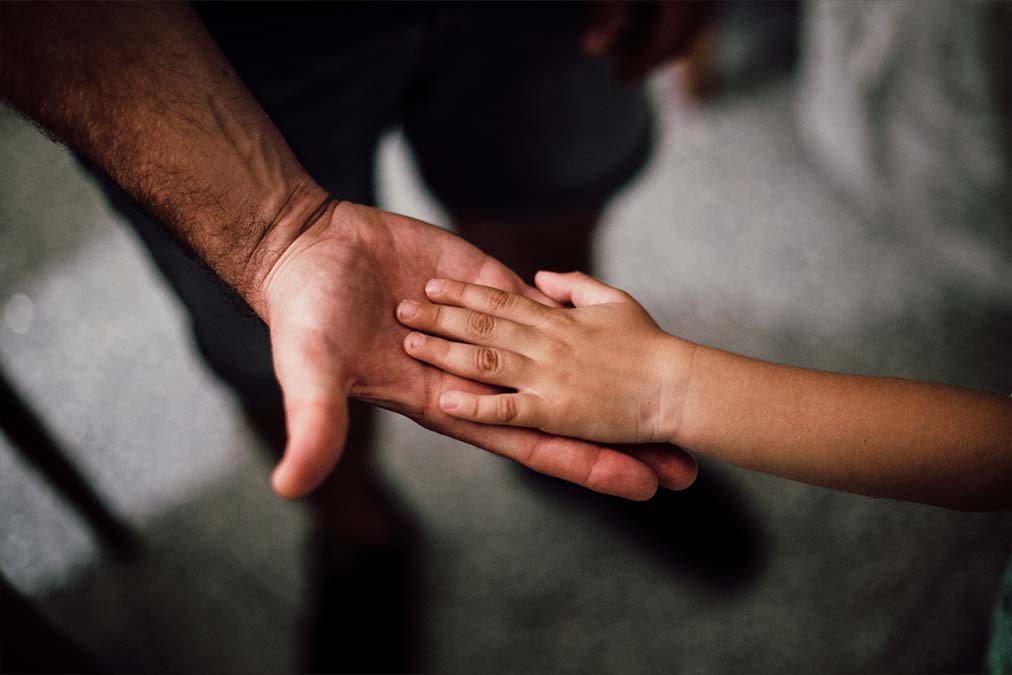Relationship breakups and divorces can be incredibly difficult for children. That’s why doing what’s best for them during the process should always be your first priority – even if that means making difficult decisions or splitting custody.
It’s nearly always easier and less stressful to make these decisions about your child’s wellbeing amicably, and outside of court. Unfortunately, sometimes that’s not possible and you’ll need to go to court with the help of a Melbourne family lawyer.
To make sure you know what to expect, we’ve taken a closer look at the child custody process in Australia.
Counselling or mediation
In most cases, you need to make every effort to resolve your dispute through counselling or mediation before you go to court. In fact, the court may not try your case until you have.
During mediation, you should discuss the following while keeping the wellbeing of your child in mind:
- Custody: who the child will spend their time with. You should also discuss when and where.
- Financial responsibility: how the costs of parenting will be met and who will contribute what.
- Major long term decisions: such as where the child will go to school or any major medical decisions.
Testart Melbourne Family Lawyers have expert mediators here to help you through the process by finding a compromise that works for both parties and is in the best interests of your child. If mediations are successful, we can draft a consent order and file it with the court for you – this is a legally binding document made to formalise any agreement we reach.
If there is a reason for urgency such as domestic violence or child abuse, the court may exempt you from this requirement.

Going to court
If you can’t reach an agreement through mediation, the next step is to attend the family court. You can represent yourself, but with so much at stake and a complex legal system to navigate, it’s usually best to hire a specialist family lawyer.
The family court will hear submissions from both parents and then issue a ‘parenting order’ setting out how the responsibility for the child will be borne in future. In most cases, a parenting order will give parents equal shared responsibility for their child.
Parenting orders may also set out:
- Who the child will live with.
- Which parent is responsible for what.
- Allocation of time to each parent.
- Other aspects of the child’s care and welfare.
If shared responsibility is not in the best interests of the child, one parent may be given ‘sole parental responsibility’. This may require that the child live with one parent, place some or all responsibility of the child with them, and stipulate the extent of contact with the other parent.
Deciding the best interests of your child
Australian family law gives children certain rights that the family law court will consider when deciding what is in the best interests of your child. The two most significant rights to consider are:
- The right to have relationships with both their parents
- The right to be protected from physical and psychological harm, abuse and neglect.
Protection from harm is usually prioritised above the right to have relationships with both parents. The court will also consider what the child wants, the child’s relationship with each parent, if there has been any family violence, parenting roles in the past, and more. If you need to speak to a lawyer about family violence or child custody, get in touch.

